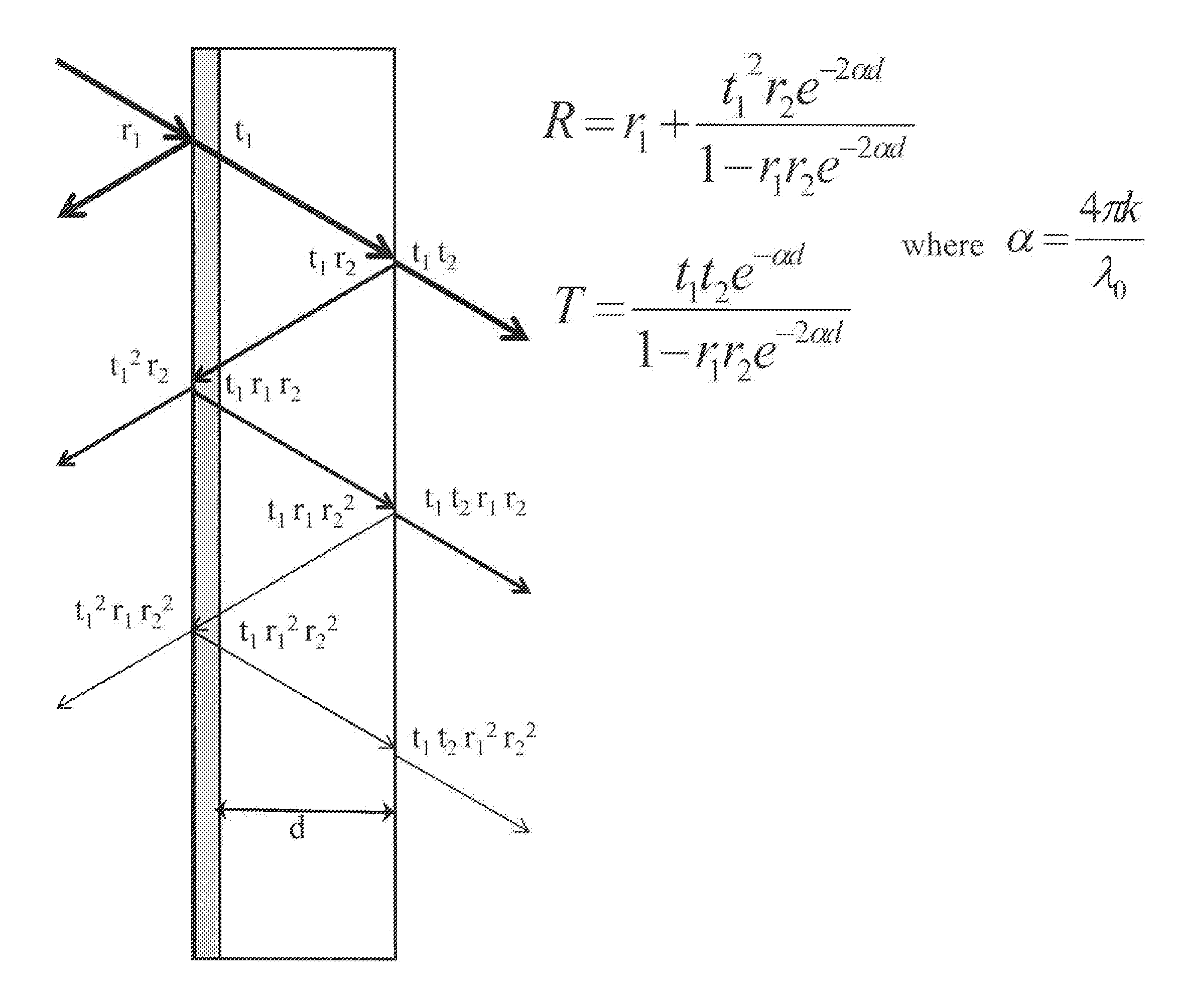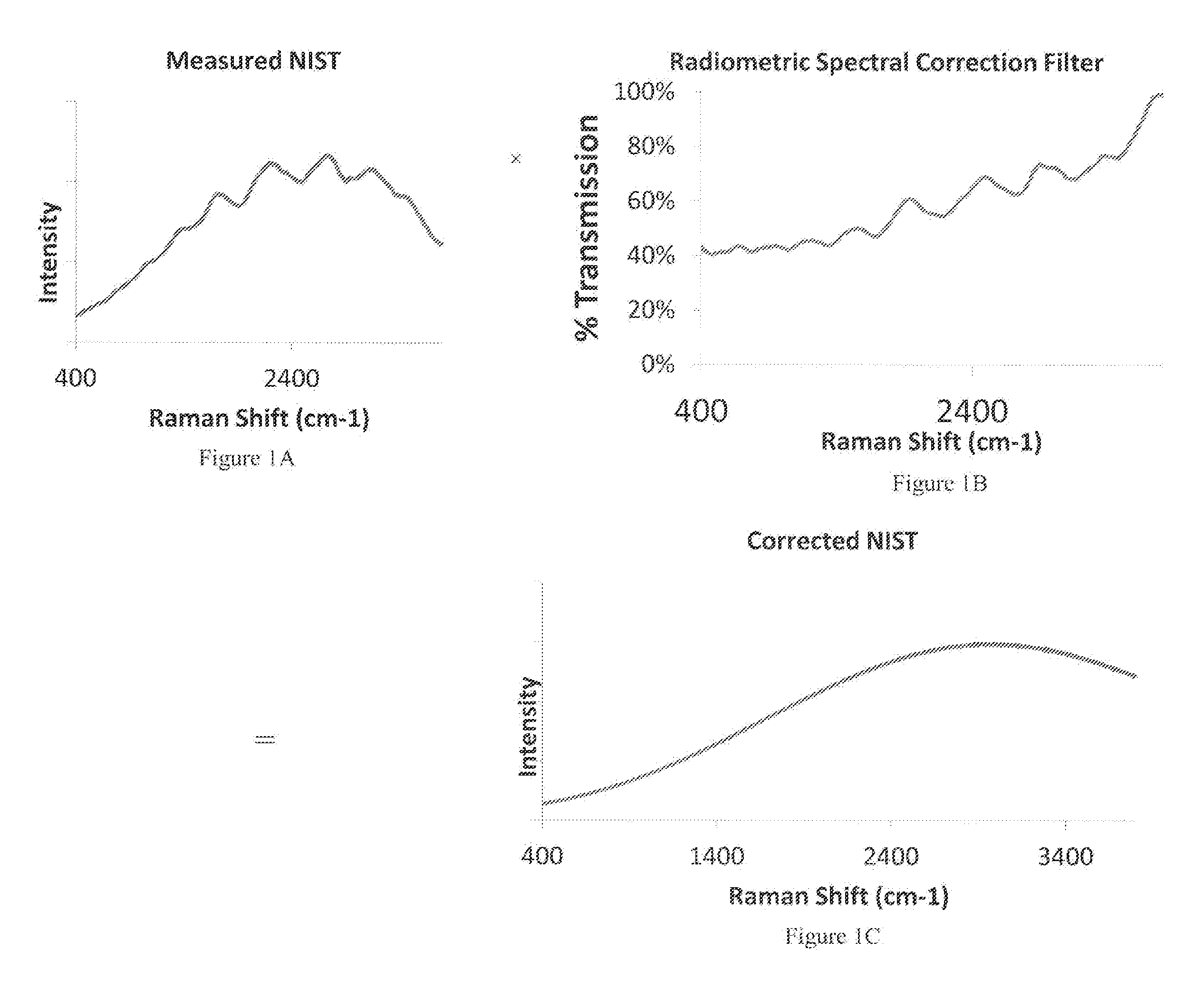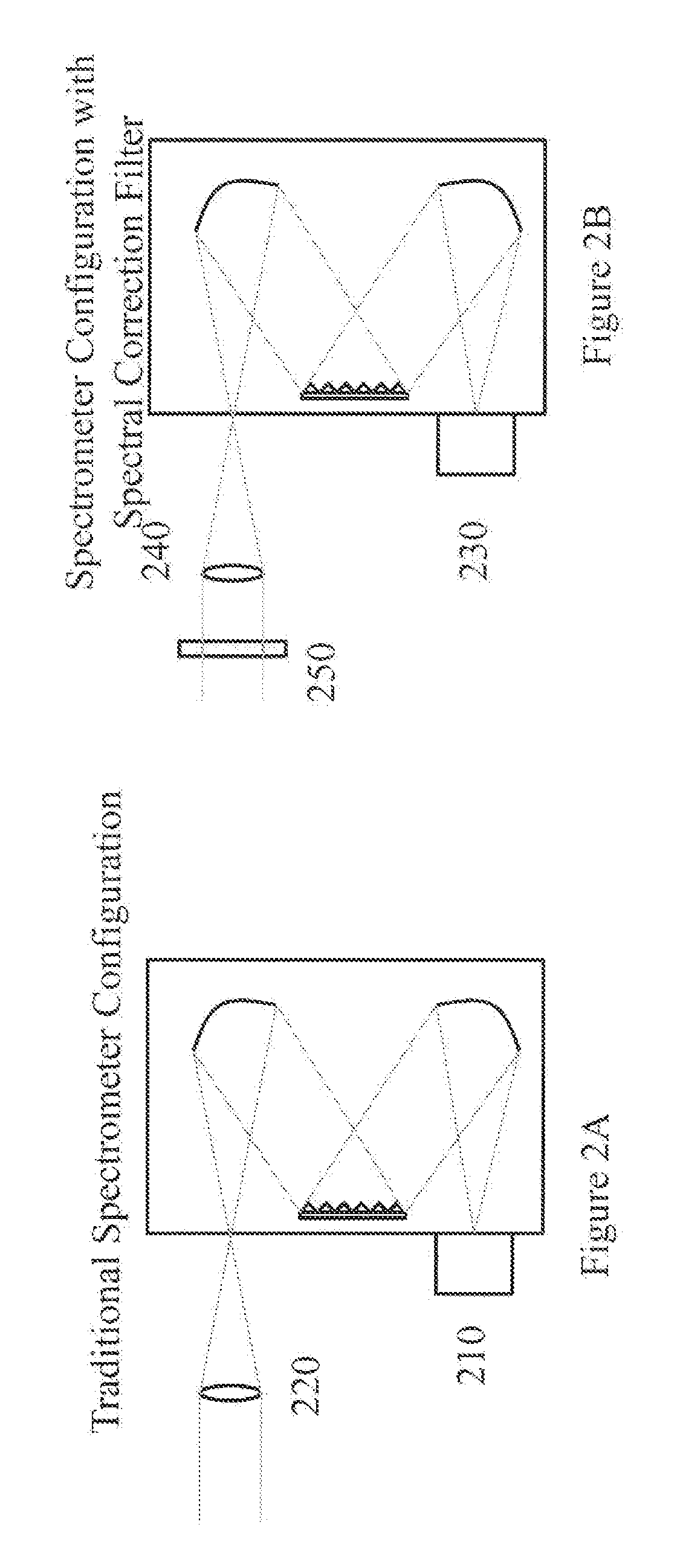System and Method for Correcting Spectral Response Using a Radiometric Correction Filter
a radiometric correction and filter technology, applied in the field of system and method for correcting spectral response using radiometric correction filter, can solve the problems of data being subjected to various optical artifacts, disrupting the efficiency of detection, and affecting the similarity of data generated
- Summary
- Abstract
- Description
- Claims
- Application Information
AI Technical Summary
Benefits of technology
Problems solved by technology
Method used
Image
Examples
Embodiment Construction
[0023]Reference will now be made in detail to the preferred embodiments of the present disclosure, examples of which are illustrated in the accompanying drawings. Wherever possible, the same reference numbers will be used throughout the drawings to refer to the same or like parts.
[0024]The present disclosure provides for a system and method which hold potential for enabling the evaluation of an imperfect optical component or system in terms of its transmission or detection performance. In the case where the component or system is stable, the present disclosure contemplates that any deviations from the perfect or ideal performance may be measured and accounted for.
[0025]If a spectrum of this source were taken with an ideal instrument, the spectrum would be a flat horizontal line as a function of wavelength. In one embodiment, an ideal light source that produces the same number of photons at each wavelength may be used. When this ideal source is used with an imperfect instrument, howe...
PUM
 Login to View More
Login to View More Abstract
Description
Claims
Application Information
 Login to View More
Login to View More - R&D
- Intellectual Property
- Life Sciences
- Materials
- Tech Scout
- Unparalleled Data Quality
- Higher Quality Content
- 60% Fewer Hallucinations
Browse by: Latest US Patents, China's latest patents, Technical Efficacy Thesaurus, Application Domain, Technology Topic, Popular Technical Reports.
© 2025 PatSnap. All rights reserved.Legal|Privacy policy|Modern Slavery Act Transparency Statement|Sitemap|About US| Contact US: help@patsnap.com



